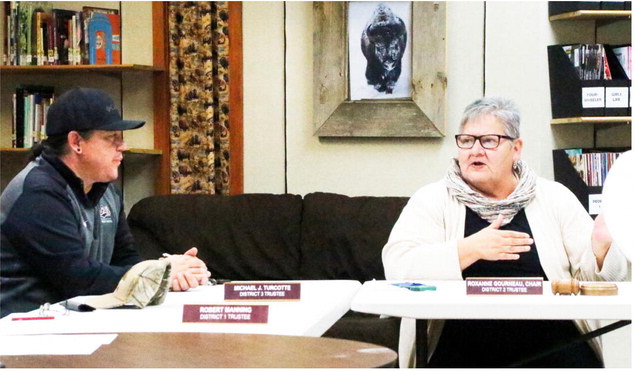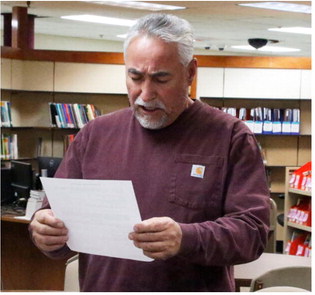uals and their loved ones. ….
uals and their loved ones. When large numbers of people disappear from a community, their absences are felt in countless ways. They leave behind loved ones, including children, who experience trauma, emotional distress, and financial strain. Simultaneously, the large numbers of people who return to these communities (since the vast majority of incarcerated people do return home) face a host of reentry challenges and collateral consequences of incarceration, including difficulty finding employment and a lack of housing.”
“It’s an unfortunate reality that part of the entire criminal justice system has more representation from certain groups, not because we’re targeting but because we focus on criminal activity,” White said.
However, those statistics don’t account for the mobile crisis units in places like Missoula and Billings – where people in distress see a social worker, not someone with a badge, White said.
“It’s a great model because the team can help and we can be pulled away to another policing need,” he said. Native Americans In Prison
The report also demonstrated that Native American residents are not only incarcerated at higher rates, but those neighborhoods contribute more to the state’s inmate population.
Billings’ Native population is less than 5 percent, but the South Side neighborhood is 15 percent and the North Side is 11 percent.
“Research has shown that policing tends to be concentrated in communities composed predominantly of people of color which results in people living in these communities experiencing disproportionate arrest and incarceration rates,” the study said.
Those trends mirror a statewide trend of disproportionate representation by American Indians.
“American Indian people are disproportionately incarcerated in Montana prisons: In 202, Native people were 23 percent of the state prison population, but less than 7 percent of the statewide population,” the report said.
In Billings, for example, Native Americans make up 27 percent of the arrests, but Natives represent less than 5 percent of the city’s population. A similar, but less dramatic statistic exists in Missoula where Natives make up less than 2 percent of the population, but constitute 14 percent of arrests.
Overall, the study suggests that cities like Billings and Missoula focus more resources on other social programs, not just expect the police to continue to arrest people, only to be sent to prison.
“Our finding suggest that those resources would be better put toward reducing poverty and improving local health, education, and employment opportunities,” the study concluded.

